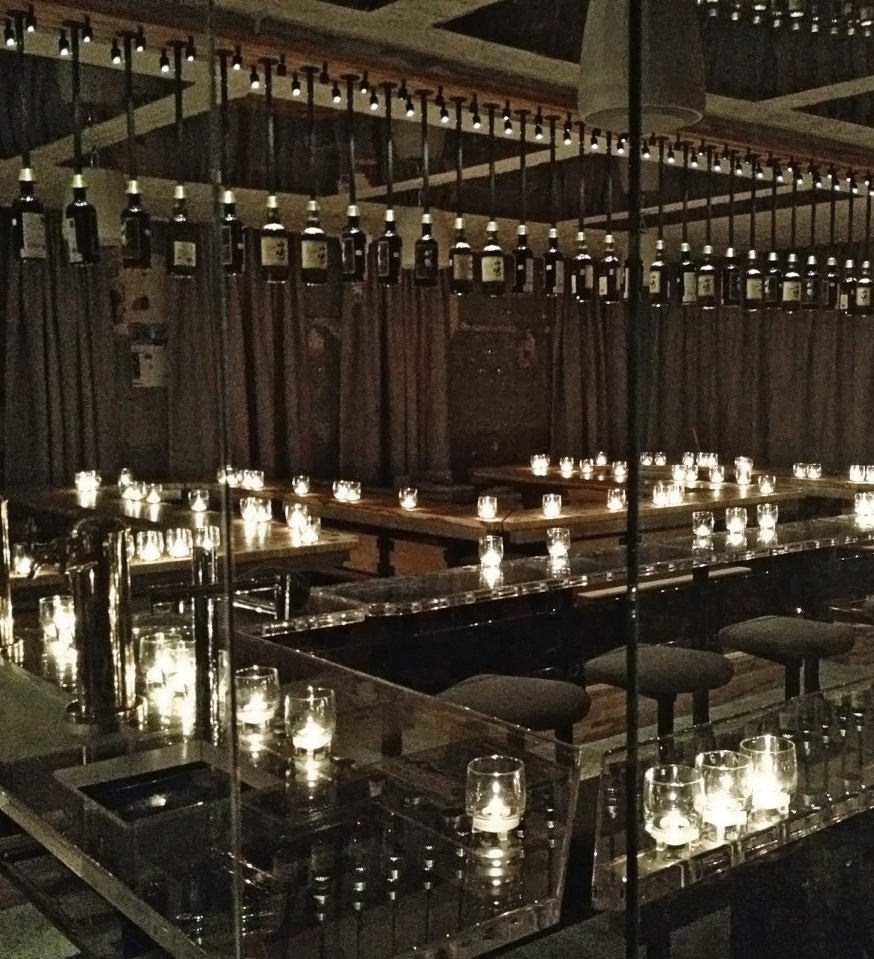Montreal-Based RDØ Solar Is Changing the Face of Off-Grid Living
Power play.

Consider the electric car. Or rather, the first electric cars consumers saw in the early 2000s.
“They looked really bad for a long time,” says Jack Parmer, founder of RDØ Solar. Even if people were enthusiastic about the technology, it was hard to imagine buying and driving one, because it just didn’t really speak to them aesthetically.”
Times have changed, as has the look (and technology) of electric vehicles. Now Parmer encourages people to acquire things like solar panels and EV charging stations that blend with their life, by offering design-forward products. The Montreal-based business has DIY-friendly solar kits, solar panel awnings, colourful solar lamps, and tasteful enclosures such as EV charging stations and heat pumps.
Parmer primarily works as a tech executive, and although he studied solar energy in school, that was on a material science level. It was only while doing home renovations with his spouse–including researching energy upgrades like heat pumps and back-up power–that he saw a in terms of aesthetics.
“The existing market caters to hunters, RV owners, people with remote cabins,” Parmer notes. “They’re concerned with low cost, and things are encased in plastic, a lot of loud colours. They’re not designed to blend into the background. We were interested in what these products could look like in refined aesthetic environments.”


His main design inspiration? “Braun, Dieter Rams. They really created a design language for today’s consumer appliances, from [refrigerators] to shavers. Very minimalist, very functional, kind of classic midcentury Danish design principles but applied to consumer appliances. I think that intentional industrial design thinking still hasn’t been applied to home energy products, by and large.”
Parmer, who moved to Montreal from the U.S. in 2013, found himself surrounded by creative and innovative designers. They fashioned the first prototypes about three years ago out of a machine shop in Rosemont, before launching online in early 2024.
“Some details were a challenge, like the spacing of slats,” says furniture maker Mitz Takahashi, who designed the A/C and heat pump enclosure. “You want them to be small, but not too small, since it needs room for heat to escape.” The resulting structure is a mix of form and function, a complement to Takahashi’s existing furniture line rather than a clunky afterthought–something he says is currently more common in Japan than North America.
It’s a delicate balance, but one worth considering as the world moves forward on sustainable energy solutions and renewables. A change that will likely be necessary for wider adoption, as it has been for EVs, not to mention products such as eco-friendly cosmetics and sustainable clothing.


“People won’t put in a heat pump if it makes their restaurant patio look bad. They won’t put in solar panels if they bring down the value of their home,” Parmer says. “As a company, we’re not laying claim to solving any kind of energy problem. We’re asking, How do you style these new products so they’re enticing, so they can belong in serene interiors?”
Photography by Phil Bernard.




